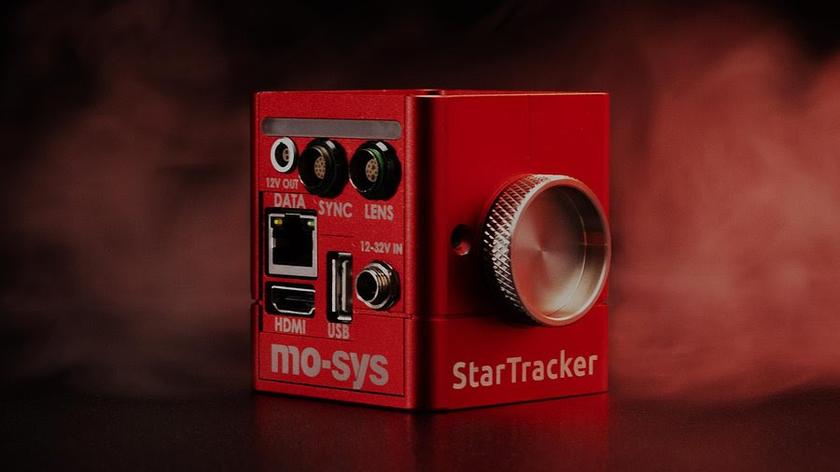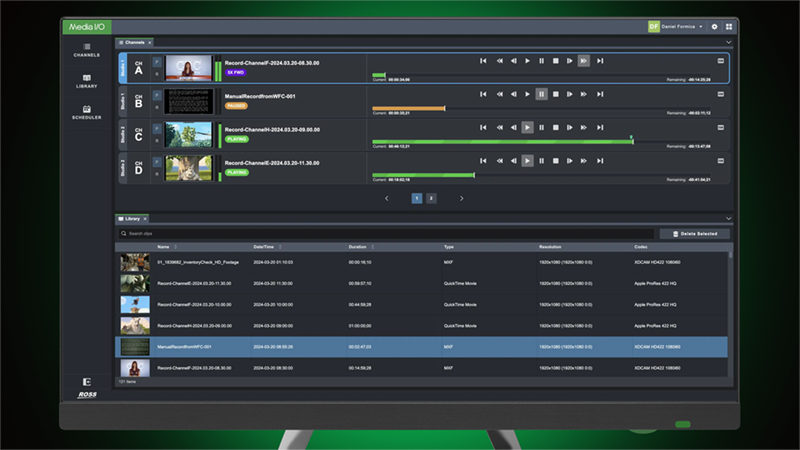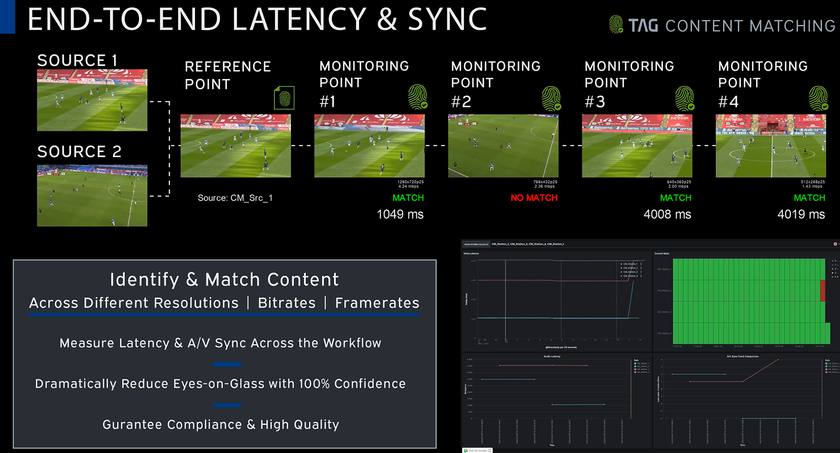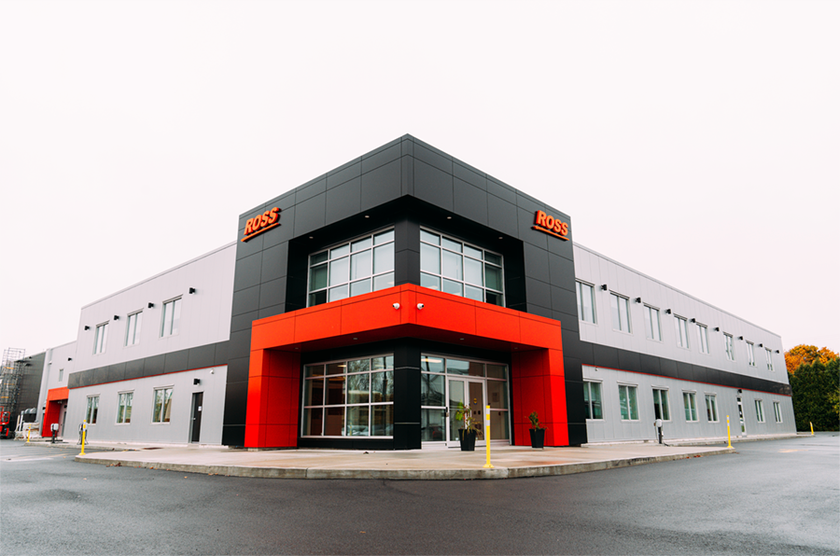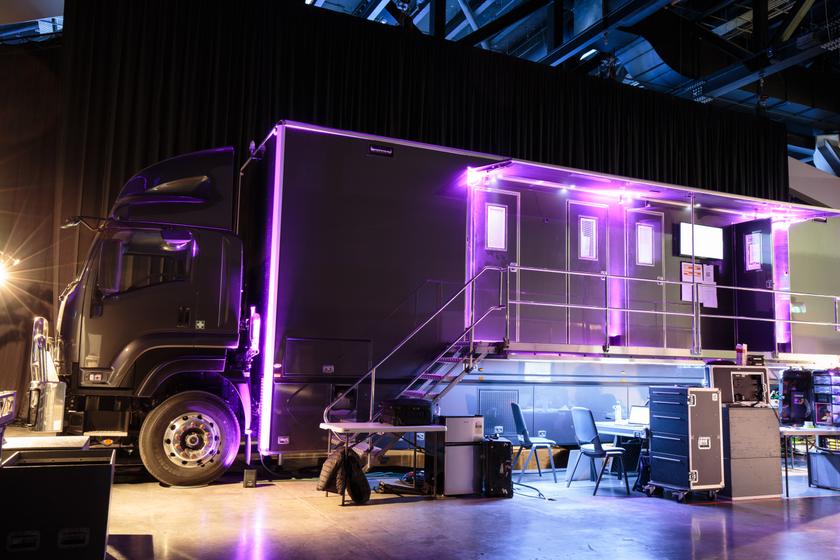Flies, Bees and Mosquitos Are No Threat To DPA Microphones
DPA’s d:screet™ 4060 Miniature Microphones proved the perfect choice for sound recordist David Kamp when he was putting together audio for a new sound library collection entitled Insects & Swarms.
The clue to what he was recording is in the name – thousands and thousands of flies, bees, mosquitos and locusts, some of which were recorded individually while others were captured as part of a large insect swarm.
Kamp, who records and designs sound for animation, art and museum installations, commercials, short films, games and VR, chose d:screet™ 4060 Miniature Microphones for this project for their sound quality and because they were small enough to fit inside tight places such as bee hives and terrariums full of flies.
“They were ideal for some extreme close-ups and other unusual perspectives where many other microphones simply wouldn’t fit,” he explains. “I’d had good experiences using them for stealth ambience recordings for a Korean city sound collection I made in Seoul last year, so I knew the sound quality would be excellent. The big advantage of the d:screet™ 4060 mics over other bigger condenser microphones is their tiny size - capsule and cable.”
Based in Berlin, Kamp’s interest in sound recording started in early childhood and led him to study electroacoustic music composition and sound engineering at the Folkwang University of the Arts. A few years ago he decided to invest in the best mobile recording equipment available and actively go out hunting for exciting sound effects and ambiences to use in his project work. This newly found interest led him to form Shapingwaves, a company that makes these sounds available to other sound designers as themed collections.
Kamp’s Insects & Swarms collection began when he needed a sound effect of a long continuous wing buzz for a project he was working on and realised that his personal sound library did not cover this.
“I started exploring ways to synthesise those sounds from scratch with my modular synthesiser and after some experimenting I got what I needed,” he says. “But the process made me want to try to record real insects, starting with individual insects like flies, bees and so on. I wanted to turn this into an Insects & Swarms collection for Shapingwaves, so I had to do it properly. I set out to record many different insects - single ones and swarms - at different locations, and I also created more variations with a modular synth.”
The project started in Kamp’s studio but he was soon recording beehives in Germany and cicadas in remote olive groves in Greece. With the help of a doctor friend at the Max Planck Institute for Infection Biology in Berlin he managed to capture mosquito sounds by recording the insects in the Institute’s massive Insectariums.
“Recording flies require the most creativity because I had to get a lot of them in one place at the same time,” he explains. “I bought a small terrarium intended for reptiles and hung two d:screet™ 4060 Miniature Microphones, plus windscreen, in the centre of the lid. I then put around 100 fly pupae (bought at a reptile food shop) into the terrarium and waited a few days for them to hatch. I soon had a neat fly swarm in a box, buzzing away. I put the mics in place before the flies hatched so that they could be in the centre of the action without me having to deal with hundreds of potentially escaping flies in my studio. Once I had my recordings I set all the flies free in a nearby meadow - no fly was harmed during the making of the collection!”
Kamp’’s collection was recorded at 96 kHz with the microphones running into either a Sound Devices 633 or a Sonosax SX-R4+ recorder.
“For the bee hive sounds, I used the 4060s in many different places: on the exterior left and right of the entrance to get close pass by sounds, and between the racks containing the hives,” he says. “Some of my favourite recordings were done by placing them inside the hive’s box only inches away from the insects. It sounds like being in another world.”
Despite close exposure to creatures most people would run away from, Kamp says he has never been stung by any insect bigger than a mosquito in his entire life.
“I am not a big bug enthusiast, so I am pretty happy to be done with these recordings, but provided you wear protective clothing there’s no real risk. Bees are quite friendly and not very aggressive. While recording the bee swarms I had headphones on to monitor the interior mics. Hearing the insects as if they were right inside my ear did cause some hasty hand gestures!”
Insects & Swarms is now available through Shapingwaves and Kamp has already used some of the sounds on animated short films.
Links:
Shapingwaves
https://www.shapingwaves.com
Insects & Swarms
https://www.shapingwaves.com/downloads/insects-swarms-sound-effects/
ABOUT DPA MICROPHONES:
DPA Microphones is the leading Danish Professional Audio manufacturer of high-quality condenser microphone solutions for professional applications. DPA’s ultimate goal is to always provide its customers with the absolute finest possible microphone solutions for all its markets, which include live sound, installation, recording, theatre and broadcast. When it comes to the design process, DPA takes no shortcuts. Nor does the company compromise on its manufacturing process, which is done at the DPA factory in Denmark. As a result, DPA’s products are globally praised for their exceptional clarity and transparency, unparalleled specifications, supreme reliability and, above all, pure, uncolored and undistorted sound.
For more information, please visit www.dpamicrophones.com
Get the TV Tech Newsletter
The professional video industry's #1 source for news, trends and product and tech information. Sign up below.
